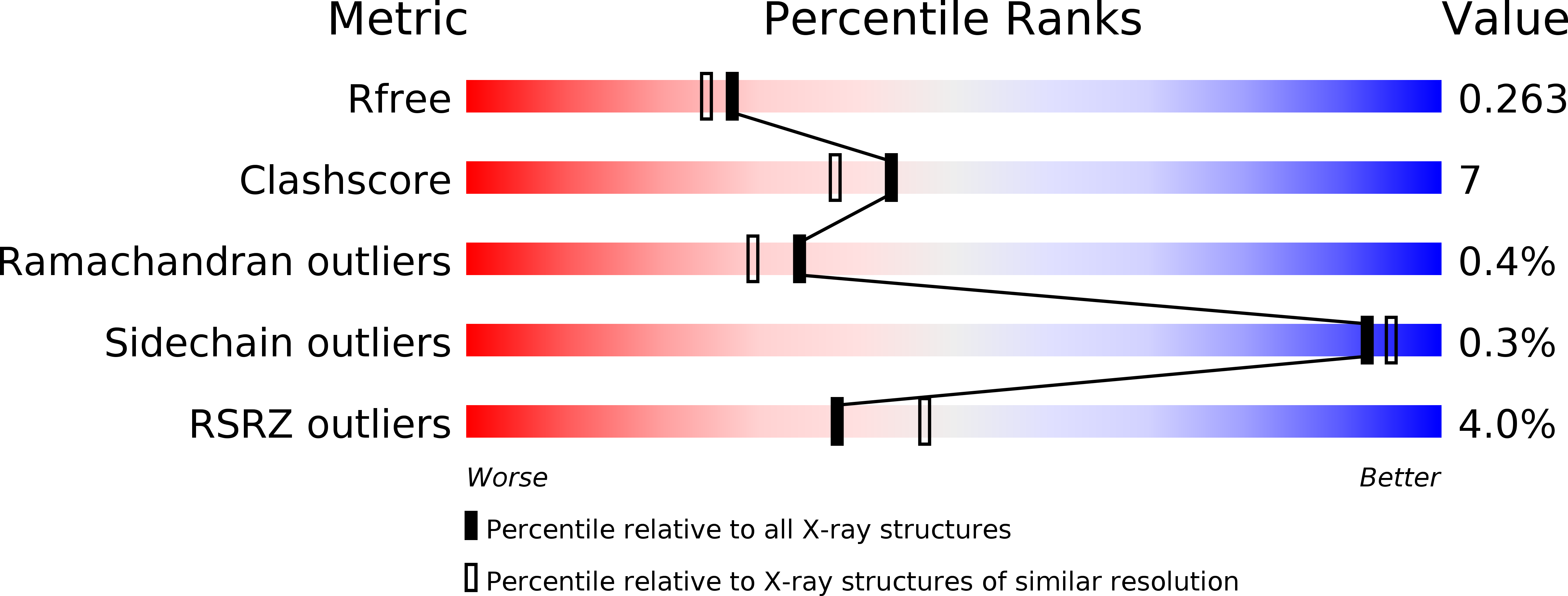
Deposition Date
2009-05-14
Release Date
2009-08-04
Last Version Date
2024-11-27
Entry Detail
PDB ID:
3HH2
Keywords:
Title:
Crystal structure of the myostatin:follistatin 288 complex
Biological Source:
Source Organism:
Mus musculus (Taxon ID: 10090)
Homo sapiens (Taxon ID: 9606)
Homo sapiens (Taxon ID: 9606)
Host Organism:
Method Details:
Experimental Method:
Resolution:
2.15 Å
R-Value Free:
0.24
R-Value Work:
0.20
R-Value Observed:
0.21
Space Group:
P 21 21 21


